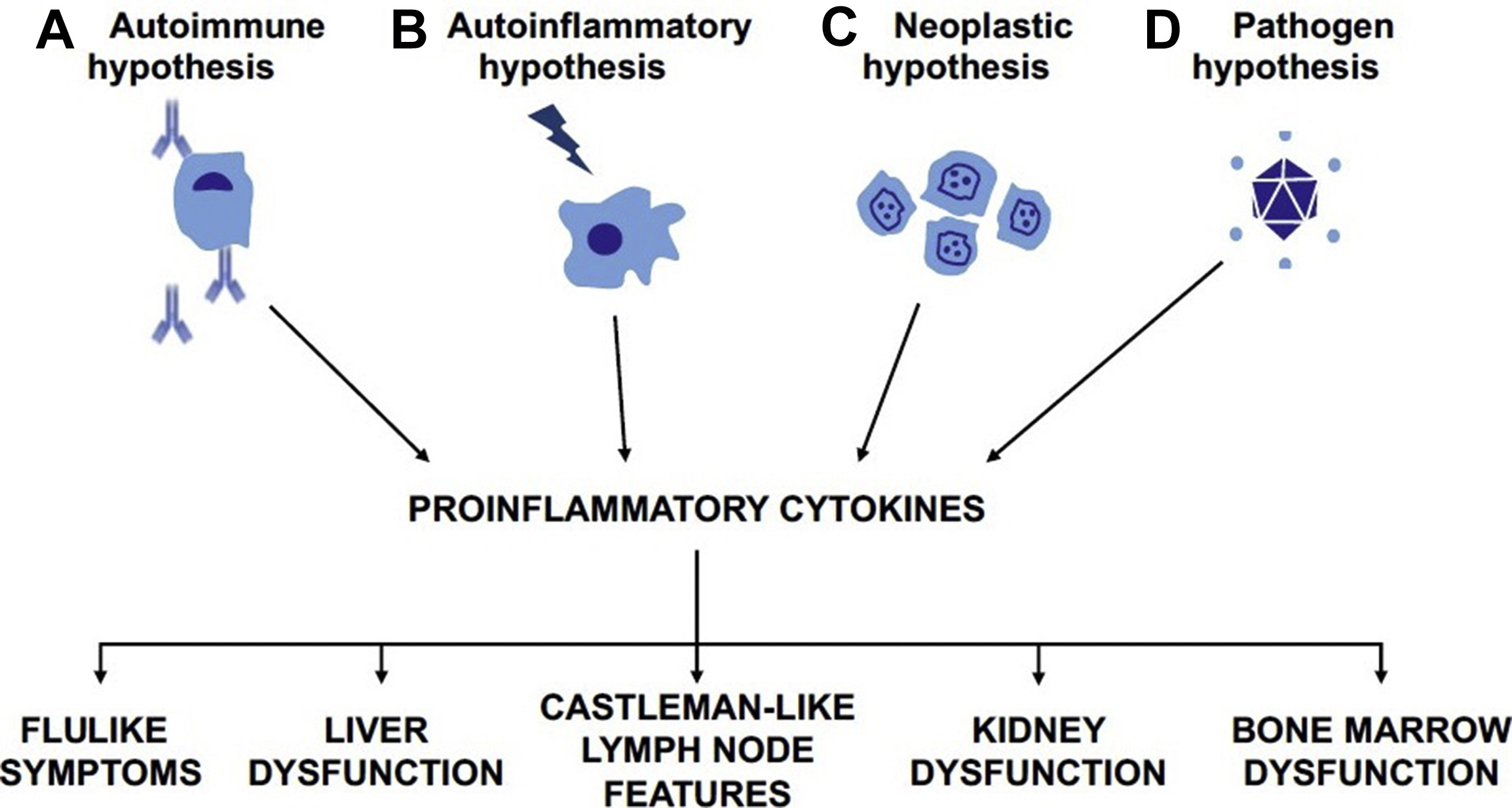Clinical studies indicate that Alzheimer's disease (AD) disproportionately affects women in both disease prevalence and severity, but the mechanisms underlying this sex divergence are unknown. Though some have suggested this difference in risk is a reflection of known differences in longevity between men and women, mounting clinical and preclinical evidence supports women also having intrinsic susceptibilities towards the disease. While a number of potential risk factors have been hypothesized to affect these differences in risks, none have been definitively verified.
Physical activity and stress are both environmental modifiers of Alzheimer's disease (AD) risk. Animal studies of physical activity in AD models have largely reported positive results, however benefits are not always observed in either cognitive or pathological outcomes and inconsistencies among findings remain. Studies using forced exercise may increase stress and mitigate some of the benefit of physical activity in AD models, while voluntary exercise regimens may not achieve optimal intensity to provide robust benefit.
This article ties to SDG 3. This review describes interventions of note that are delivered to refugee children and adolescents as well as parenting and school interventions, and broader socioeconomic and cultural interventions.
This book chapter addresses SDG 7 by explaining how geothermal energy can help fulfill energy transition needs and what the future holds for this energy source.
This article ties to SDG 3. This clinical review article, published in Hematology/Oncology Clinics, presents current understanding of the pathogenesis for each subtype of CD as of 2017. Although understanding of CD has slowly improved over the last 6 decades, leading to improved patient survival and quality of life, additional research is needed. The authors anticipate significant progress to be made in the coming years through research studies led by the CDCN, including the ACCELERATE (Advancing Castleman Care with an Electronic Longitudinal registry, E-Repository, And Treatment/Effectiveness research) Natural History Registry (www.CDCN.org/ACCELERATE), which is open for patient self-enrollment.
The consumer and legislative demand to reduce plastic packaging supports goal 12 (responsible consumption and production). This report looks at the increasing demand for plastic packaging in-light of recent European legislation to reduce it.
Elsevier,
Hematology/Oncology Clinics of North America, Volume 32, Issue 1, February 2018, Pages 11-21
This content links with Goal 3: Good health and well-being and Goal 10: Reduced Inequalities by providing a summary of current understanding of the cause, cell types, signaling pathways, and effector cytokines implicated in pathogenesis.
At the World Economic Forum in Davos on Thursday 24 January, Theresa May called on shareholders to put pressure on the companies they invest in to improve their "social impact" supporting goal 10 (reduced inequalities) and goal 16 (peace, justice and strong institutions).
Elsevier, Smart Wheelchairs and Brain-computer Interfaces: Mobile Assistive Technologies, Volume , 1 January 2018
Smart Wheelchairs and Brain-Computer Interfaces: Mobile Assistive Technologies combines the fields of neuroscience, rehabilitation and robotics via contributions from experts in their field to help readers develop new mobile assistive technologies. It provides information on robotics, control algorithm design for mobile robotics systems, ultrasonic and laser sensors for measurement and trajectory planning, and is ideal for researchers in BCI.
Electronic Assistive Technology (EAT) is a subset of a wider range of products and services known as Assistive Technology (AT). AT is designed to support and enable people with disabilities, either acquired or congenital, to participate in activities with greater independence and safety. With a global aging population, it has an important role to play in enabling and supporting those with disability and their carers. Handbook of Electronic Assistive Technology discusses a range of commonly available or emerging electronic assistive technologies.


